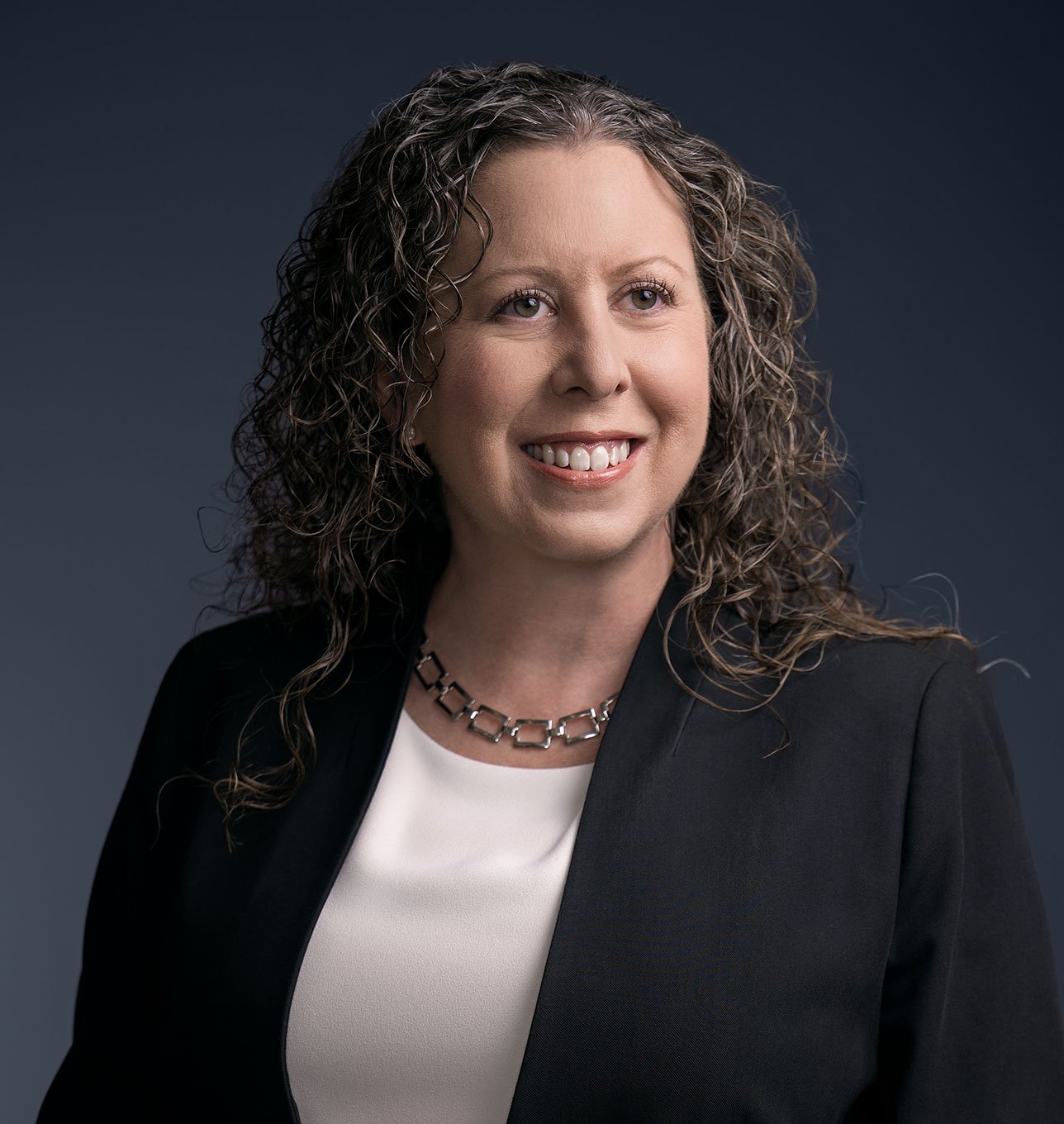FHA Issues Guidance on Special Loss Mitigation Options for Borrowers Affected by the COVID-19 National Emergency
On April 1, 2020, the US Department of Housing and Urban Development’s (“HUD”) Federal Housing Administration (“FHA”) issued guidance in Mortgagee Letter 2020-06 (“ML 2020-06”) informing mortgagees of special loss mitigation options available to single-family mortgage loan borrowers affected by the COVID-19 National Emergency. The guidance applies to all FHA Title II Single Family mortgage programs. ML 2020-06 implemented the forbearance requirement set forth in Section 4022 of the Coronavirus Aid, Relief, and Economic Security (“CARES”) Act signed by President Trump on March 27, 2020. FHA also announced a COVID-19 National Emergency Standalone Partial Claim, which is comparable to, but has several important differences from, the Disaster Standalone Partial Claim available in the context of a Presidential-Declared Major Disaster Area (“PDMDA”). Finally, ML 2020-06 provides extension periods for borrowers and mortgagees of Home Equity Conversion Mortgages (“HECMs”) affected by the COVID-19 National Emergency. FHA’s ML 2020-06 marked the first instance of a federal regulator in connection with government loan programs implementing special loss mitigation provisions related to the CARES Act, and we expect robust discussion in the near future among the affected parties to implement this guidance.
Forbearance for Borrowers Affected by the COVID-19 National Emergency
As mentioned in our prior Legal Update, Fannie Mae and Freddie Mac (collectively, the “GSEs”) issued guidance on March 18, 2020 providing forbearance relief for borrowers specifically facing COVID-19-related hardship. In ML 2020-06, FHA also establishes forbearance relief for borrowers facing financial hardship due to the COVID-19 National Emergency (“COVID-19 Forbearance”), but ties that forbearance relief to the CARES Act requirements for “federally backed mortgage loans,” which definition includes FHA-insured loans. To be eligible for the COVID-19 Forbearance, the FHA borrower need only: (1) be experiencing a financial hardship negatively impacting his/her ability to make on-time mortgage payments due to the COVID-19 National Emergency and (2) request forbearance relief. FAQs issued by FHA simultaneously with the issuance of ML 2020-06 confirm that, consistent with the CARES Act, no documentation is required from the borrower to qualify for forbearance and that the financial hardship can be due “directly or indirectly” to the COVID-19 National Emergency.
The FHA mortgagee may utilize a broad array of communication methods with the borrower to meet the requirements for forbearance including, but not limited to, emails, texts, fax, teleconferencing and websites. The initial forbearance period may be up to six months, and upon the borrower’s request, may be extended for another period of up to six months. ML 2020-06 makes clear that mortgagees must approve such extension requests. The Mortgagee Letter provides that mortgagees may approve the initial COVID-19 Forbearance no later than October 30, 2020, which presumably gives affected borrowers until that date to make such requests. According to FHA’s FAQs, COVID-19 Forbearance is different from Informal and Formal Forbearance in HUD’s Priority Waterfall because COVID-19 Forbearance: (1) is not a written agreement, (2) may be extended up to six months upon borrower’s request, and (3) may only be offered under guidance for the COVID-19 National Emergency.
ML 2020-06 also requires mortgagees to “waive all Late Charges, fees and penalties, if any, as long as the Borrower is on a Forbearance Plan,” which appears to track the requirement for servicers to provide forbearance under the CARES Act “with no fees, penalties, or interest (beyond the amounts scheduled or calculated as if the borrower made all contractual payments on time and in full under the terms of the mortgage contract) charged to the borrower in connection with the forbearance.”1 ML 2020-06 additionally states that any borrower granted COVID-19 Forbearance who is otherwise performing as agreed, is not considered to be delinquent for purposes of credit reporting, aligning FHA guidance with Section 4021 of the CARES Act, which section sets forth protections for consumers from negative impacts to their credit that they might otherwise experience as a result of receiving an accommodation on a credit obligation provided by the CARES Act.
COVID-19 National Emergency Standalone Partial Claim
ML 2020-06 also requires a mortgagee who has extended COVID-19 Forbearance to a borrower to evaluate such borrower for a COVID-19 National Emergency Standalone Partial Claim no later than the end of the forbearance period(s). The second loss mitigation measure announced in ML 2020-06 after forbearance, the COVID-19 Standalone Partial Claim, is similar to, but contains several differences from, the existing Disaster Standalone Partial Claim available to certain borrowers in PDMDAs.2 As with the Disaster Standalone Partial Claim, the COVID-19 Standalone Partial Claim requires that: (1) the mortgage is current or less than 30 days past due,3 and (2) the property be owner-occupied. Beyond that, the only other eligibility requirement for the COVID-19 Standalone Partial Claim is that the borrower “indicates” he/she has the ability to resume making on-time mortgage payments. This appears to be a much lower bar for eligibility for the COVID-19 Standalone Partial Claim than the Disaster Standalone Claim. Specifically, the Disaster Standalone Claim requires that the mortgagee confirm the borrower’s income is equal to or greater than it was prior to the disaster using a recent pay stub for income, W-2, bank statement or other documentation, or as an alternative to providing income documentation, the borrower can complete a three-month Trial Payment Plan to confirm that his/her income has returned to pre-disaster levels.
Another important difference between the COVID-19 Standalone Partial Claim and the Disaster Standalone Partial Claim is the priority of the COVID-19 Standalone Partial Claim in the loss mitigation waterfall. In the natural disaster context, the mortgagee is required to evaluate borrowers for a Disaster Standalone Partial Claim at the end of the forbearance period if the borrower does not qualify for Disaster Loan Modification. In the COVID-19 National Emergency context, however, the COVID-19 Standalone Partial Claim falls immediately after the COVID-19 Forbearance option without requiring the servicer to first evaluate a borrower for a modification. This will come as welcome news to servicers, as it will permit a standalone partial claim for borrowers who are able to resume regularly scheduled payments without needing to modify the loan or repurchase the loan from a Ginnie Mae pool to accomplish the loss mitigation option.
ML 2020-06 also states that a borrower who is impacted by the COVID-19 National Emergency and whose mortgaged property is located in a “COVID-19 PDMDA,” is subject to the COVID-19 guidance issued in ML 2020-06. Mortgagees that have begun using the PDMDA Loss Mitigation options must convert to the COVID-19 National Emergency Loss Mitigation Options listed in ML 2020-06. The term “COVID-19 PDMDA” is not defined in ML 2020-06, but it may refer to a situation where a borrower is affected by the COVID-19 National Emergency and whose mortgaged property or place of employment is located in a natural disaster stricken PDMDA.
For a COVID-19 Standalone Partial Claim, ML 2020-06 also requires that the mortgagee ensure that:
- The borrower’s accumulated late fees are waived;
- The COVID-19 Standalone Partial Claim amount includes only arrearages consisting of principal, interest, taxes and insurance;
- The COVID-19 National Emergency Standalone Partial Claim does not exceed the maximum statutory value of all Partial Claims for an FHA-insured mortgagee;4 and
- The borrower receives only one COVID-19 Standalone Partial Claim.
The mortgagee must deliver to HUD the required documentation for a Partial Claim under Section III.A.2.k.v(J)(6) of Handbook 4000.1, which includes a Partial Claim promissory note and a recorded subordinate mortgage in the name of the HUD Secretary. This documentation requirement could be particularly challenging in this environment, given the difficulties in obtaining notarizations because of the lack of ability to meet in person and the closure of county recording offices as a result of the COVID-19 pandemic. Moreover, given the volume of COVID-19 forbearances and partial claims anticipated, servicers, recording offices, and HUD and its servicing contractor could be overwhelmed by the number of partial claims that need to be processed at the end of forbearance periods.
Extension Period for HECMs Affected by the COVID-19 National Emergency
Lastly, with regard to HECMs, ML 2020-06 extended several deadlines applicable to these reverse mortgage loans. Specifically, ML 2020-06 states that, “[p]ursuant to the COVID-19 National Emergency, upon request of the borrower, the Mortgagee must delay submitting a request to call a loan due and payable.” This initial extension period may be up to six months and, if needed, an additional period of up to six months may be approved by HUD. As with COVID-19 Forbearance for single-family forward loans, ML 2020-06 provides that mortgagees may approve the initial due and payable extension period for HECMs no later than October 30, 2020, which presumably gives affected borrowers until that date to make such requests.
For HECMs that have automatically become due and payable, entered into a deferral period or became due and payable with HUD approval, ML 2020-06 states that the mortgagee has the right to take an automatic extension for any deadline relating to foreclosure and claim submission for a period of six months, and if needed, an additional period of six months may be approved by HUD. ML 2020-06 states that it will extend deadlines set forth in Mortgagee Letters 2015-10 and 2015-11, as well as in 24 C.F.R. § 206.125.
* * * * *
HUD’s announcement regarding new loss mitigation options for FHA borrowers impacted by COVID-19 is part of FHA’s ongoing response to the COVID-19 crisis, which we discussed in prior Legal Updates that can be found on our Financial Regulatory COVID-19 Portal. Its response to COVID-19 developments provide welcome and needed guidance to FHA lenders, servicers, and borrowers in these uncertain and rapidly changing times. We expect the Department to issue updated and additional guidance as necessary as circumstances continue to develop. We will issue Legal Updates to keep you up-to-date on any significant future announcements.
If you have any questions about HUD’s recent announcements regarding its response to developments related to COVID-19, please contact Krista Cooley at 202.263.3315 or kcooley@mayerbrown.com, or Peter Kim at 202.263.3422 or pkim@mayerbrown.com.
In addition, if you wish to receive regular updates on the range of the complex issues confronting businesses in the face of the novel coronavirus, please subscribe to our COVID-19 “Special Interest” mailing list.
1 Section 4022(c)(1) of the CARES Act.
2 The existing Disaster Standalone Partial Claim requirements are set forth in Section III.A.3.c of the FHA Single Family Housing Policy Handbook 4000.1.
3 For the COVID-19 Standalone Partial Claim, the reference point for when the Mortgagee must be less than 30 days past due is as of March 1, 2020. For the Disaster Standalone Partial Claim, the reference point is the date of the applicable Disaster Declaration.
4 The maximum cumulative value of all Partial Claims paid with respect to a Mortgage must not exceed 30 percent of the Mortgage’s unpaid principal balance. This maximum cumulative value must be established as of the date of Default at the time of payment of the initial Partial Claim on such Mortgage, and will remain constant for the life of the Mortgage. Section III.A.2.k.v(D)(2)(a) of Handbook 4000.1.



